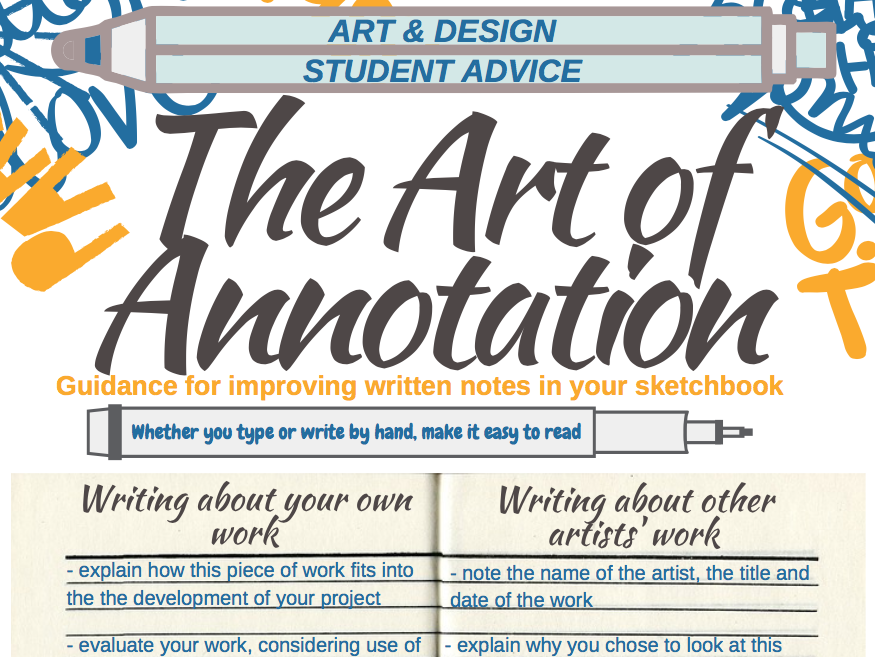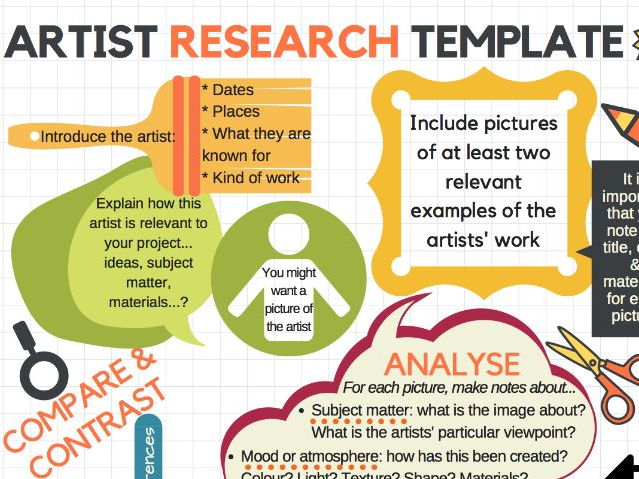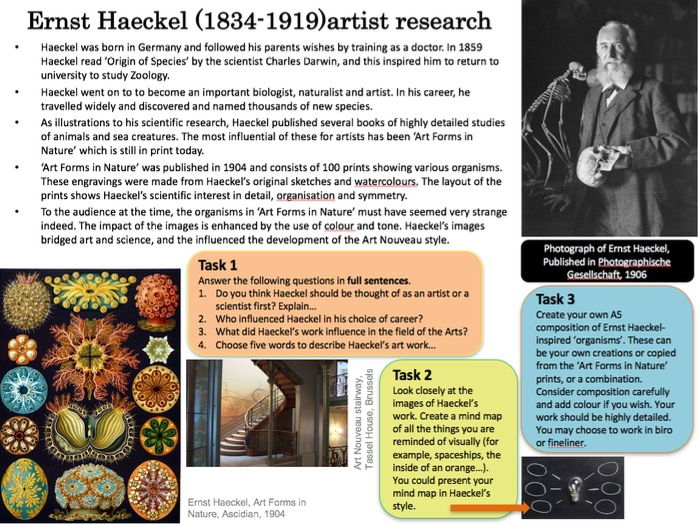Felt tip pen
Art & Design teaching resources which will hopefully give you a bit more time in your teaching day. I always try and make meaningful links with the work of a variety of artists and makers from different eras. Check out my website for freebies and more resources... www.felt-tip-pen.com























